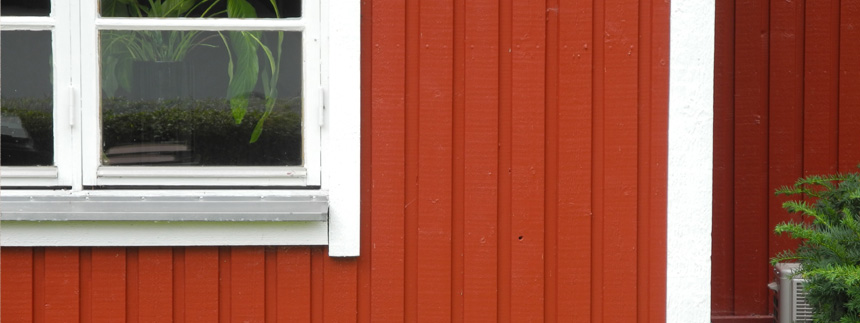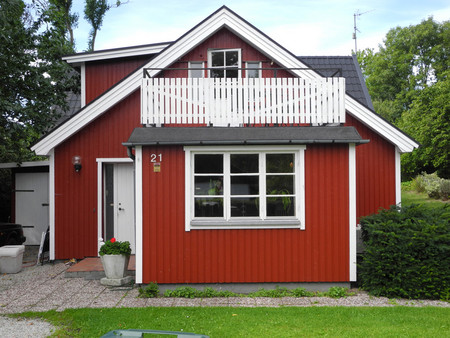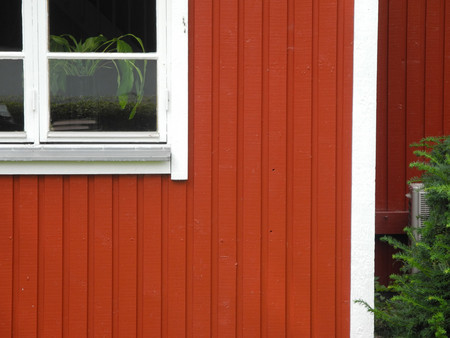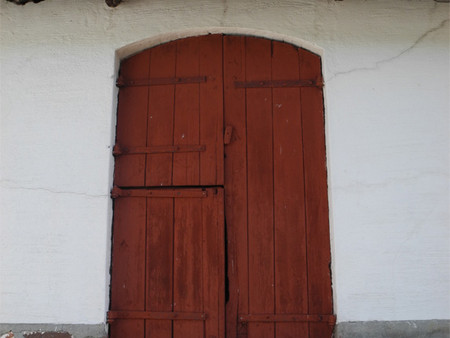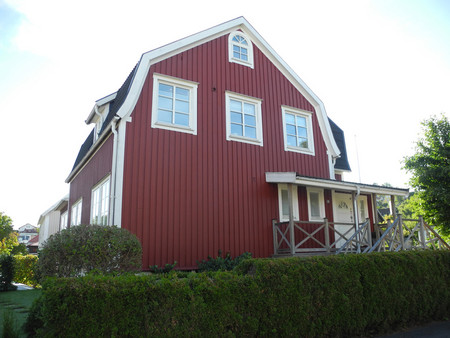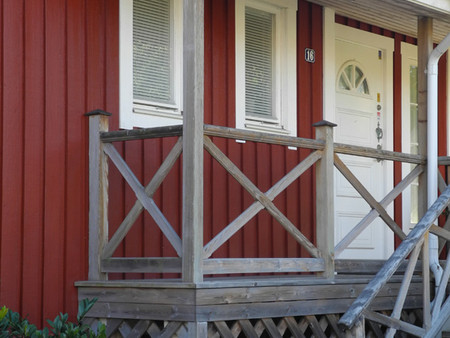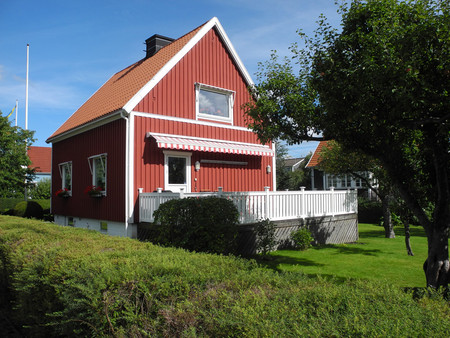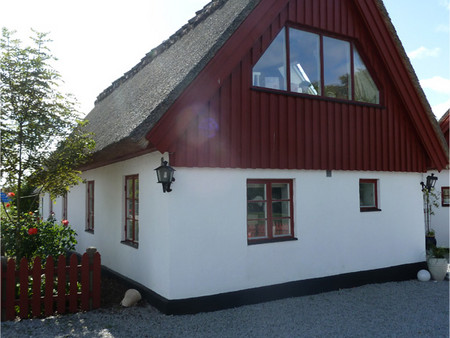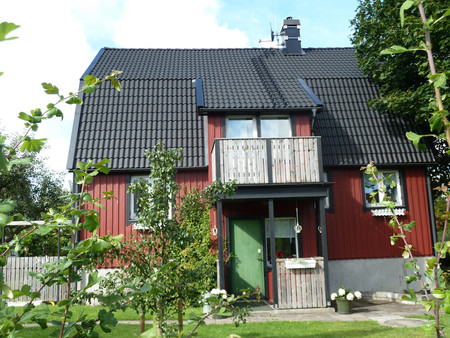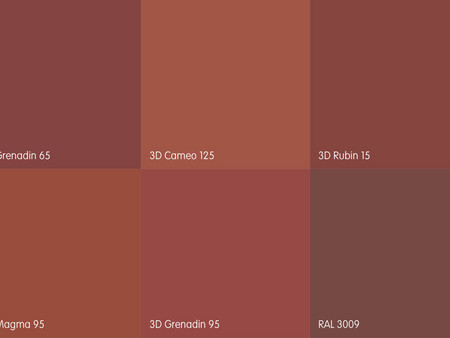Copper
What does Falun red have to do with copper?
Falun red is the typical colour associated with timber houses in Sweden. Falun red, also known as "Falu Rödfärg", takes its name from the Falun copper mine, where it was produced as a by-product. In addition to copper, the low-copper ore contains a rare composition of iron ochre, silica and zinc. Due to the iron vitriol it contains, it is highly preservative. Falun mining company that has existed for more than a thousand years was Sweden's most important industrial employer at that time. In 2001, the mine and the miners' settlement were declared a UNESCO World Heritage site.
As early as the mid-16th century, the red sludge paint was used to imitate the appearance of Dutch brick buildings. At that time, the pigment was reserved for the upper classes and was meant to reflect prosperity and wealth.
In the 17th century, it was spread throughout Sweden and Finland by the rural manor houses and churchyards. From the 18th century, ore pigment was popular in all strata of society.
In the course of the centuries, "Falu Rödfärg" developed into Sweden's national colour and is still today the traditional colour for all houses in the countryside.
Painting with Falun red? To the Capadur Colour Weatherproof Paint
